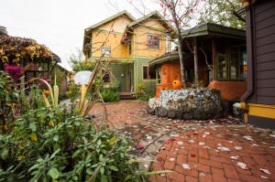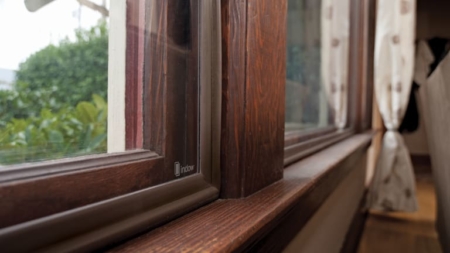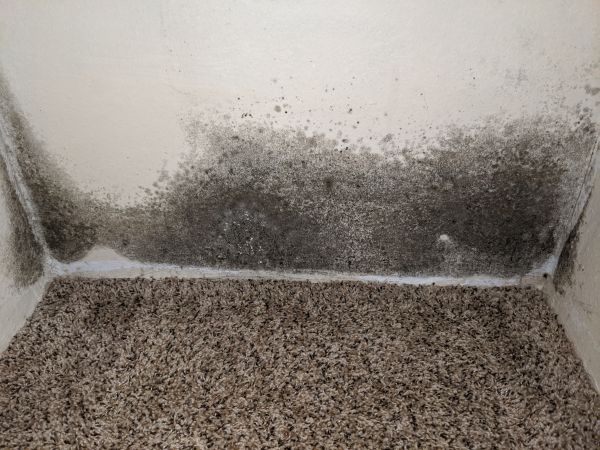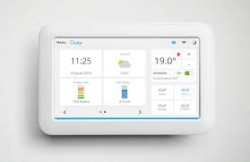An Overview of Green Residential Buildings
Sustainable homes can offer benefits to everyone involved in creating and inhabiting such dwellings. Residents of green homes can breathe cleaner air indoors as well as save money on operating costs. In the building process, recycled and reused materials can be used whenever possible, which may help to save on expenses. Homes can become sustainable in the design, building, and renovating stages. Green residential buildings are:
Water efficient
- Cisterns can collect rain water or other non-potable water to reuse for yard irrigation and a dual plumbing system can use this water for toilets as well.
- Low flow faucets, shower heads, and toilets reduce water usage.
- Native plants are used whenever possible. Natural features in the existing landscape can save water and add aesthetic appeal. Boulders are just one example of a natural feature that enhances a landscape without needing water or routine maintenance. Choose plants that have low pesticide requirements.
- If landscape irrigation is desired, such as in the summer, use a timer system and set it to water the landscape at night or early in the morning. This leads to less evaporation compared to the middle of the day when it is warmer. Irrigation systems are turned off during times of heavy rainfall.
Energy Efficient
- Provide natural light whenever possible. Daylight exposure not only reduces electricity bills, but it has been shown to increase alertness and well-being for inhabitants. Studies* have shown that natural light offers health benefits, such as regulation of melatonin production, that are particularly enjoyed by people who live in northern latitudes, such as in the Pacific Northwest. Melatonin is an essential neurohormone that is associated with the sleep-wake cycle.
- Eco-roofs can help buildings to naturally keep cooler in the summer and warmer in the winter.
- Install high R-value wall and ceiling insulation.

Sabin Green Multi-Family Residential Construction
- Use an energy-efficient and properly sized heating and cooling system.
- Alternative energy sources, such as fuel cells and photovoltaics, can further increase energy efficiency.
- In passive solar design, the walls, floors, and windows can help collect, store, and distribute solar energy in the form of heat on cool days.
Efficiency in Materials
- Reduce, reuse, recycle! Include recycled or reusable building materials with zero or low toxicity whenever possible. Recycle or donate unused materials.
- When purchasing new building materials, buy locally made materials from nearby companies whenever possible. This supports local businesses and reduces the air pollution from transporting materials from afar.
- Use material efficient building strategies, such as advanced framing techniques. Another example is to design rooms on 4-foot multiples to conform to standard-sized wallboard and plywood sheets.
According to the National Association of Realtors (2013), “two-thirds of consumers are paying attention to green homes” and there is increased awareness of the connection between sustainable homes, healthy living, and cost savings. Green homes can cost more initially, but operating costs are lowered over the life of the building. The people that live in sustainable homes can benefit from a reduced rate of allergies, asthma, headaches, and other ailments caused by poor air quality and harsh artificial lighting. Incentives and tax credits may be available, such as through the State of Oregon and the City of Portland.
*Study sources relating to natural light exposure :
Boubekri, M., Cheung, I.N., Reid, K.J., Wang, C.H., Zee, P.C. (2014). Impact of Windows and Daylight Exposure on Overall Health and Sleep Quality of Office Workers: A Case-Control Pilot Study. Journal of Clinical Sleep Medicine, 10(6), 603-611. DOI: 10.5664/jcsm.3780
Kronfeld-Schora, N. & Einat, H. (2012). Circadian rhythms and depression: Human psychopathology and animal models. Neuropsychopharmacology, 62(1), 101-114.
Obayashi, K., Saeki, K., Iwamoto, J., et al. (2012). Positive Effect of Daylight Exposure on Nocturnal Urinary Melatonin Excretion in the Elderly. The Journal of Clinical Endocrinology and Metabolism, 97(11). DOI: http://dx.doi.org/10.1210/jc.2012-1873





